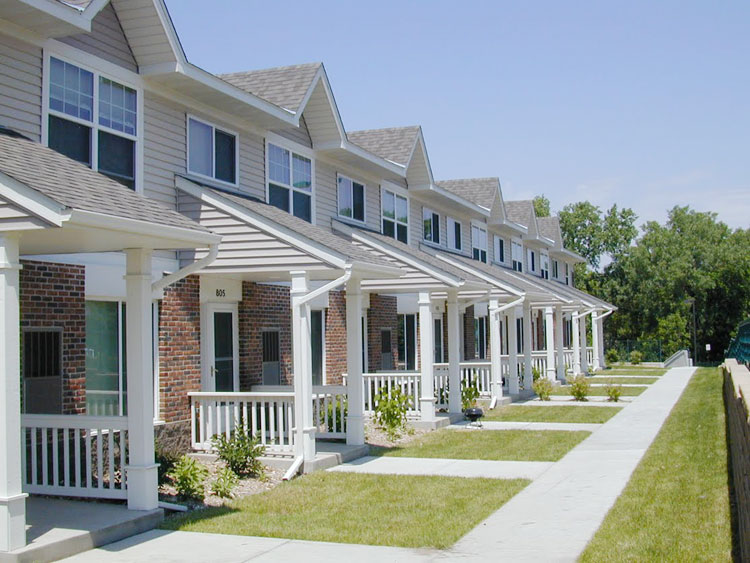By Zach Friend
The November ballot will have a number of measures at the state and local level. Statewide, Proposition 6 is receiving the most attention. It’s a proposed repeal of SB 1 — adopted by the legislature to address the backlog of deferred road maintenance by increasing the gas tax and vehicle registration fees.
The most notable in the County are a bond measure for affordable housing and a sales tax for the unincorporated area. I wanted to provide an overview of the three of these items and welcome any additional questions you have.
•••
Countywide $140 Million Affordable Housing Bond

At issue is the remarkable affordability challenge in our County, which ranks our County as one of the least affordable places in the world according to a recent international affordable housing study. With a median home price of over $900,000 for a single-family residence homeownership is out of reach for the majority of Santa Cruz County residents.
According to the California Association of Realtors Traditional Housing Affordability Index, only about 15 percent of households can afford to purchase the median priced home. The rental housing market fares no better, with the rent for a two-bedroom apartment registering at around $3,200.
High Housing Costs
Housing costs, and the lack of available housing, is the number one issue that I hear about in my office. Hospitals that are unable to recruit doctors, local businesses that say they can’t retain employees, teachers and public safety unable to afford a starter home or driving upwards of three hours to come to work are all common stories. Additionally, parents often note their children and grandchildren are unable to stay in this area and seniors have said they have limited housing options for aging in place or affordable options as income diminishes.
Property Tax Assessment Repays Bonds
Supporters have noted that the purpose of the measure is to bring options and opportunities for our families and vulnerable populations. Specifically, the bond calls to provide a mixture of funding for affordable rental housing construction for local workers including farmworker and tourism industry employees and essential public servants like teachers, first responders, and health workers, via a mix of affordable rental and ownership opportunities.
Additionally, it aims to provide interim shelter and permanent supportive housing for families and individuals experiencing homelessness and accessible, well-located housing for seniors on fixed or limited incomes, veterans, families, and people living with disabilities. It includes first time homebuyer loans and accessory dwelling unit construction assistance.
One-Half Cent Unincorporated Area Sales Tax
A half-cent sales tax increase will be before County voters on the Nov. 6th ballot. If approved, sales taxes in the unincorporated area would increase to 9 percent — a level that is at or below sales taxes in the cities of Santa Cruz, Watsonville, Scotts Valley and Capitola. The tax would sunset after 12 years.
(Editor’s Note: According to the Santa Cruz Sentinel the Sales Tax would raise “an estimated $5.75 million annually for county coffers. The tax increase would not apply within the borders of Santa Cruz County’s four cities, which already have a sales tax of 9 or 9.25 percent.”)
The Board of Supervisors adopted a resolution of priorities for unmet needs throughout the county, outlining some of the places the new funding would be spent including in the areas of homelessness and behavioral health, upgrades to public parks facilities and the construction of new facilities, deferred maintenance on infrastructure and more.
Those needs include new North and South County homeless shelters and navigation centers; public safety and behavioral health outreach; and completion of several new parks, including LEO’s Haven, the County’s first all-inclusive playground for children of all abilities.
Needs were identified during recent public budget hearings, including a focused deterrence initiative for homeless individuals suffering from mental health and substance use disorders but who are resistant to services. The Sheriff has advocated for addressing these individuals (that take up a disproportionate amount of resources) with a specific designated team.
The County is also leading local efforts to establish year-round, 24-hour homeless shelter and navigation centers in North and South County.
County staff also identified the need to fulfill the County’s commitment to build LEO’s Haven, a new playground with numerous accessible structures and features for children with disabilities.
Many parks within the Mid and South County areas would also receive upgrades and additional park maintenance and recreation staff would be added to provide oversight for parks facilities and increase youth and senior programs.
If implemented, the sales tax would only apply in unincorporated areas of the county. However, since all residents are expected to benefit from the programs and services, every voter in Santa Cruz County will be allowed to vote on the proposal.
California Proposition 6 (Gas Tax Repeal)
Most of the remaining funds are used for increasing highway maintenance and operational improvements, public transit and pedestrian safety programs. Locally, the funding has already been used for storm damage repairs and is expected to provide $115 million countywide over the first ten years for road repairs, bridge and culvert repairs and other safety improvements.
California’s gas tax last increased in 1994 and was not indexed to inflation. As a result, the purchasing power of these funds has declined by half due to inflation and increased mileage (fuel-efficient vehicles travel farther on that same gallon of gas). Proposition 6 would repeal this new funding stream.
There have been some concerns that SB 1 funds would be diverted away from transportation needs. As a response, Proposition 69, passed by over 80 percent of voters in the June election, ensures that the funds from SB 1 are used for transportation purposes only.
Locally, the repeal would greatly impact the local match funding for storm damage repairs and eliminate funding already going to local cities and the county for road repairs.
•••
As always, I appreciate hearing your thoughts. If you have questions on these items feel free to call my office at 454-2200.